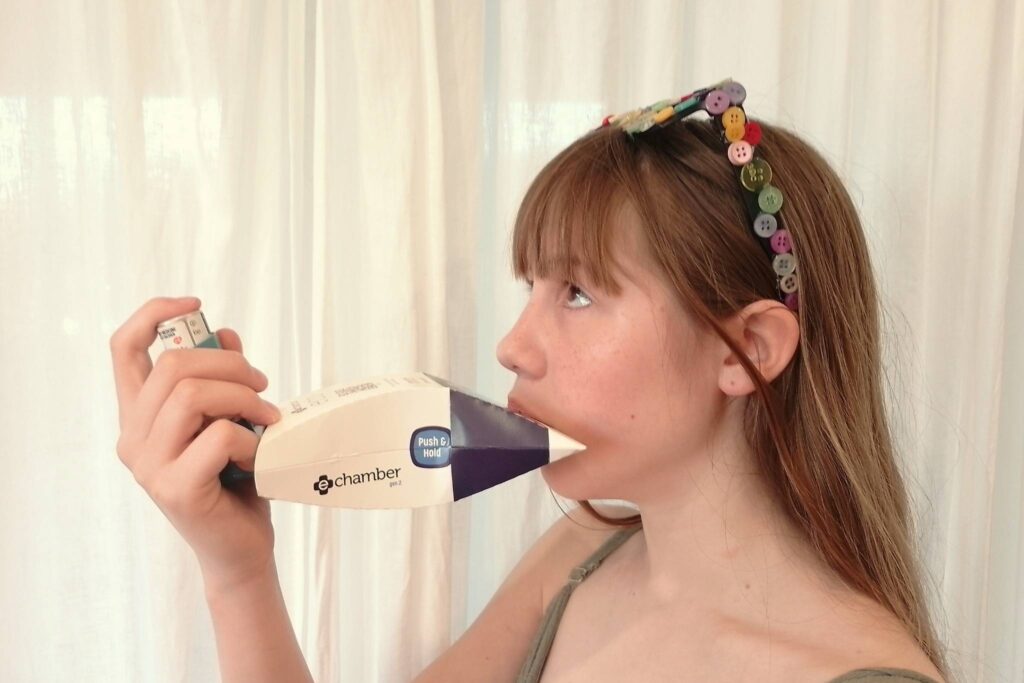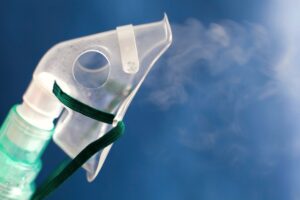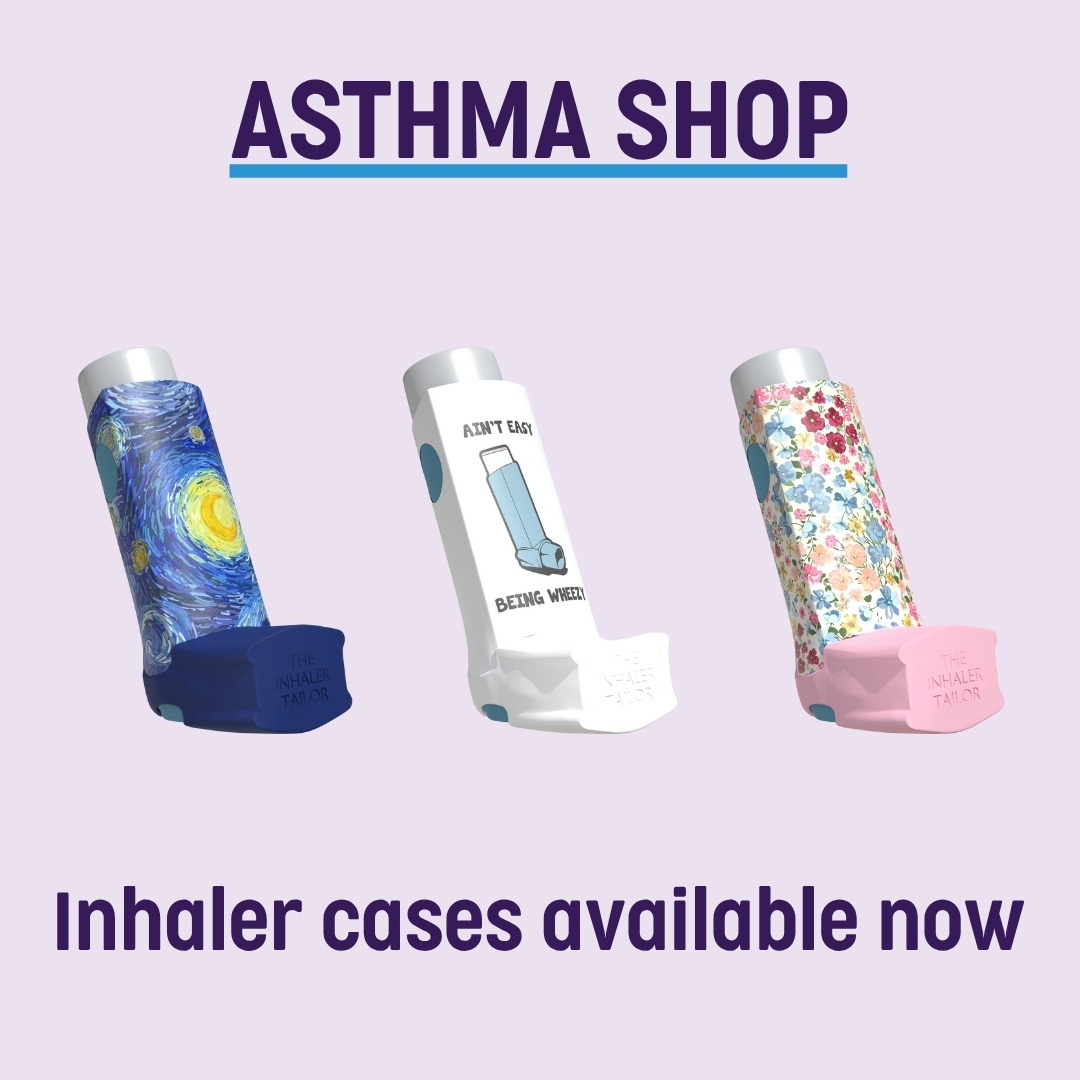Asthma devices explained for parents

If your child is prescribed a puffer, they should always use it with a spacer. This rule is the same for both blue reliever puffers and preventers that spray medicine. A spacer helps the medicine reach your child’s lungs where it is needed. Without a spacer, some medicine gets caught in the back of the throat and mouth. Spacers slow the medicine down so you can breathe it into the lungs where it works. For young children a mask can be attached.
There are two main types of spacers- chamber (plastic) or collapsible (cardboard).
Plastic chamber spacer |
Collapsible spacer |
 |
 |
Visit our online shop to view spacers.
What if my older child won’t use a spacer?
- First of all, explain to your child why they need to use a spacer and how much medicine can get lost if they don’t.
- Consider buying a collapsible spacer to have in their bag.
- Work with your teen to negotiate situations where they will agree to always use a spacer, such as with their preventer morning and night at home, or if they are home from school.
- Work with them to find out how or where they feel happy to use their spacer at school or sport.
- Do they need a ‘cool’ place to store it, like a pencil case in their backpack?
- Do they need a way to keep it on them since it won’t fit in a pocket? A ‘runners’ pouch’ or ‘bum bag’ might suit some kids.
- If it’s still hard to get them to use a spacer, talk to their doctor about inhalers that don’t need to be used with a spacer. Most school-aged children can learn to use dry powder inhalers which don’t need a spacer. These include turbuhalers and accuhalers. There is a reliever called Bricanyl available in a Turbuhaler which could be used instead of a blue puffer and spacer, but you will need to check with their doctor if it is right for your child.
Nebulisers

A nebuliser is a machine that sprays a fine, liquid mist of medicine through a mouthpiece or mask. This mist is then inhaled into the lungs. They are often used in hospitals during a severe asthma attack when a patient isn’t able to breathe through a spacer. However, there are now portable, smaller devices available.
It is rare to be prescribed a nebuliser at home for asthma, because a puffer and spacer is quicker, cheaper and better.
When might your child need a nebuliser?
- In hospital, during a severe flare up.
- After being in hospital, your child’s doctor might want you to use one at home while they get better.
- If your child has severe asthma.
- If your child has a disability or difficulty using other types of inhalers.
Depending on the type of nebuliser you have, there are some things to consider. Always read product instructions for cleaning and servicing so it is safe to use.
- Nebulisers often need to be cleaned after each use to stop the growth of germs and bacteria.
- Some nebulisers will need the pump serviced and filters replaced every 6–12 months.
- The bowl, tubing and mask or mouthpiece need to be replaced every three months.










